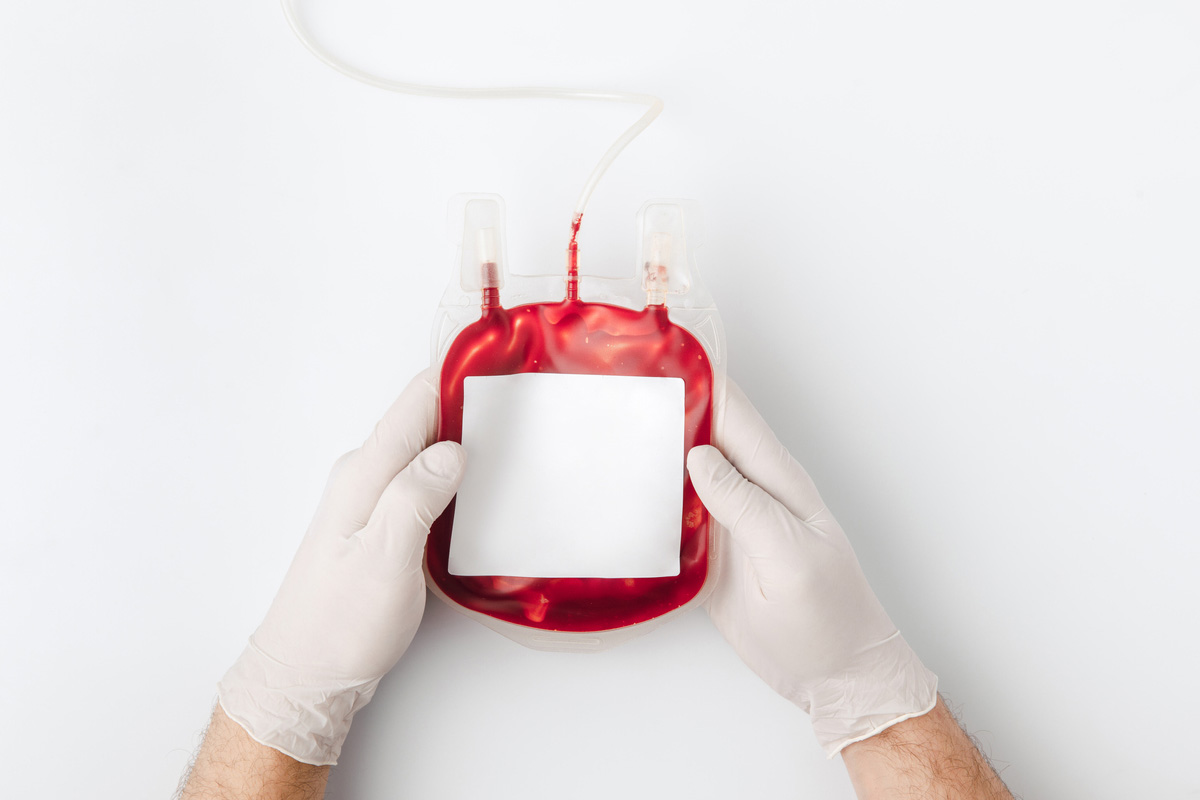Cricketer Shikhar Dhawan to launch charitable foundation
Our educational and sports campaign Youngistaan has already impacted more than 2100 children and youth across 10 schools and NGOs.
One of the main reasons for the mismatch between the demand and supply of Blood is Poor Supply Chain Management Infrastructure.

(Representational Image: iStock)
World Blood Donation Day 2022: Everyday around 12000 people in India die due to the sheer lack of donated blood in India. India collects around 11 million units of blood per year and needs around 15 million which is way too short for the demand. According to The Lancet Journal, India has the world’s biggest blood shortage, with a total shortfall of 41 million units and demand outstripping supply by over 400 percent.
Why India falls short in donated Blood
One of the main reasons for the mismatch between the demand and supply of Blood is Poor Supply Chain Management Infrastructure. Blood supply chain management refers to the chain of transpiration of blood from donor to the patient. The blood supply chain is a complicated system that is influenced by a number of elements including supply and demand, donor management, issue rules, and inventory age.
Advertisement
To meet blood demand, the blood supply chain infrastructure must be efficient and long-lasting. Blood is collected from donors until it is transfused to patients in such systems. Because blood products are scarce, shortages and wastage are undesirable. As a result, there should be no postponed surgeries, untreated patients, or even deaths.
“A lot of blood is wasted owing to poor infrastructure, “More investment is needed to improve national transfusion services, blood management systems, and alternatives to blood transfusions.” A Health Ministry official quoted.
Component influencing Blood Chain management
There is a nexus of blood banks operating in a location connected to hospitals. Lack of coordination between banks can cause serious loss of blood as well as life. Since, these blood banks work collectively with hospitals; it becomes even more imperative when any request for blood comes.
There are different components in blood such as Red Blood Cells (RBCs), Platelets and plasma. The expiry of each component varies ranging from 5 days to even 1 year. (Platelets can only be used for 5 days, RBCs last only for 35 days and Plasma for 1 year). The perishability of blood products adds to the supply chain’s complexity, making it difficult to determine the best amount of blood available for medical treatments, organ transplants, operations, or emergencies.
If perishable blood components are not properly handled or used on time, additional disposal, storage, and donation costs will occur. Due to a restricted donor pool, there is fierce competition for blood collection among banks. Many banks lack component separation capabilities, and those that have are unable to fractionate more than 30-40% of the units gathered.
The use of Operation Research methodologies and correct technical practices in the area of blood inventory management has been active and beneficial and would lead to efficiency but real-world implementation of these applications in India is rarely recorded.
The situation has grown worse after the Covid pandemic where the blood donation decreased almost 100 per cent, blood donation drives hampered, resulting in dwindling stocks of blood and its components, further causing a blood shortage in the nation. The pandemic also accelerated the number of clinical surgeries and operations further widening the gap between demand and supply.
Thus, it becomes critical in today’s world to fix the infrastructural and supply chain management issues in order to achieve a strong healthcare system which would be able to save tons of lives.
Advertisement